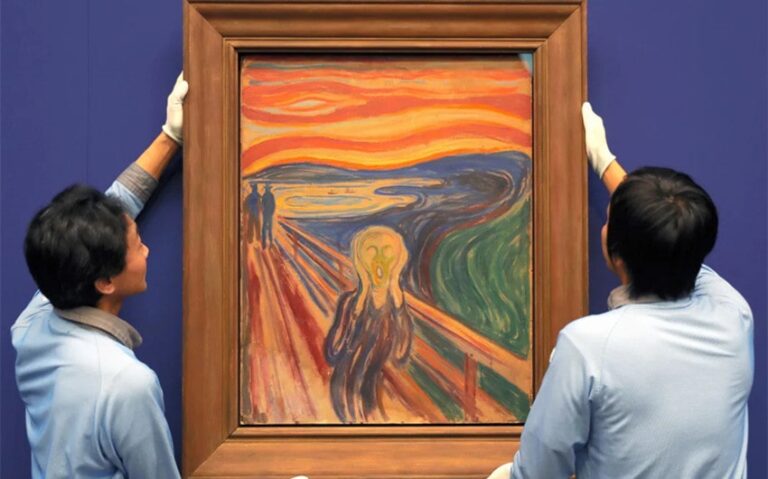13 Female Demon Names and What They Represent in Myth, Lore, and Shadow
Maybe you’re writing a story. Maybe you’re diving into the occult. Or maybe you just feel a pull toward the mysterious, the dark, the misunderstood. Whatever led you here, you’re not alone in your curiosity. Female demons—whether from mythology, folklore, or spiritual texts—often hold stories that are more complex than just “evil.” They represent power, rebellion, rage, seduction, sorrow. They’re the shadows of the feminine that aren’t often spoken about—but always felt.
So if you’re looking for female demon names, this list will give you more than just pronunciations. It’ll offer meaning, origin, and presence. Because names carry energy—and some of these carry centuries of it.
- Lilith — Perhaps the most well-known female demon, Lilith comes from ancient Mesopotamian and Jewish mythology. She’s often portrayed as Adam’s first wife who refused to be subservient. Cast out for demanding equality, she became a symbol of female independence and dark power.
- Lamia — In Greek mythology, Lamia was once a beautiful queen who was cursed into a child-eating demon after the loss of her own children. Her name has come to represent sorrow turned monstrous—and female rage when grief is ignored.
- Agrat bat Mahlat — A figure in Jewish demonology, she is one of four queens of demons and is often associated with lust, forbidden knowledge, and nighttime wanderings. Her name translates to “Agrat, daughter of Mahlat.”
- Naamah — Another demoness from Jewish tradition, Naamah is known for her seductive nature and is sometimes said to be a partner of fallen angels. She walks the line between beauty and destruction.
- Empusa — A demonic shape-shifter from Greek folklore, often sent by the goddess Hecate. Empusa lured men and drank their blood. She was said to change forms and walk the night, terrifying the unwary.
- Succubus — While not a single name, a succubus is a class of female demons that seduce men, often in dreams. The word comes from Latin and evolved through medieval Christian writings. They represent temptation, carnal desire, and the power of femininity in a world that fears it.
- Gello — From ancient Greek and Byzantine folklore, Gello was believed to be the spirit of a young woman who died before marriage and became a demon who harmed children. She embodies themes of unfulfilled life and female sorrow turned vengeful.
- Rangda — In Balinese mythology, Rangda is the queen of demons and the enemy of Barong, the symbol of good. She’s a terrifying witch figure, often portrayed with wild hair and protruding fangs, commanding an army of evil spirits.
- Pontianak — A vengeful female spirit from Southeast Asian folklore, said to arise from women who died during childbirth. She appears as a beautiful woman, then transforms into a ghastly figure to lure and punish the living.
- Asmodea — A feminized version of Asmodeus, the demon of lust. While the masculine version appears in many religious texts, some modern reinterpretations give her a female counterpart—sensual, cunning, and fueled by desire.
- Hecate — Not always a demon, but often feared as one. Hecate is the Greek goddess of witchcraft, necromancy, and liminal spaces. In some Christian interpretations, she was demonized for her dominion over the night and the unknown.
- Ixchel (as demonized figure) — In ancient Mayan belief, Ixchel was a goddess of fertility and medicine. But in some colonial retellings, her serpent imagery and associations with childbirth and rain were twisted into something darker. This reflects how powerful female figures are often recast as demons through conquest and fear.
- Kikimora — In Slavic folklore, Kikimora is a household spirit that can either help or harm, depending on how she’s treated. Though not strictly demonic, when angered, she becomes malevolent—bringing nightmares and unrest.
Final Thought: Not All Demons Are Evil—Some Are Misunderstood
When you search for female demon names, you’re not just looking for words. You’re looking for stories. For symbolism. For parts of the feminine that history tried to silence. These names carry shadows—but also wisdom, wildness, grief, and rebellion.
So whether you’re researching for fiction, ritual, or simply your own curiosity, let these names remind you: the feminine is vast. And not all darkness is bad. Sometimes, it’s just another kind of power waiting to be seen.






